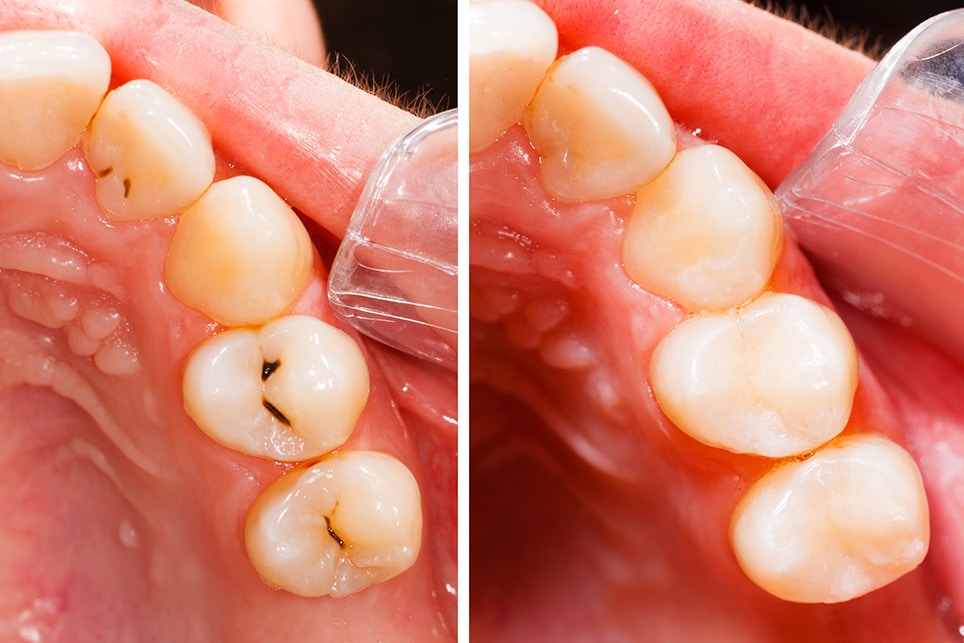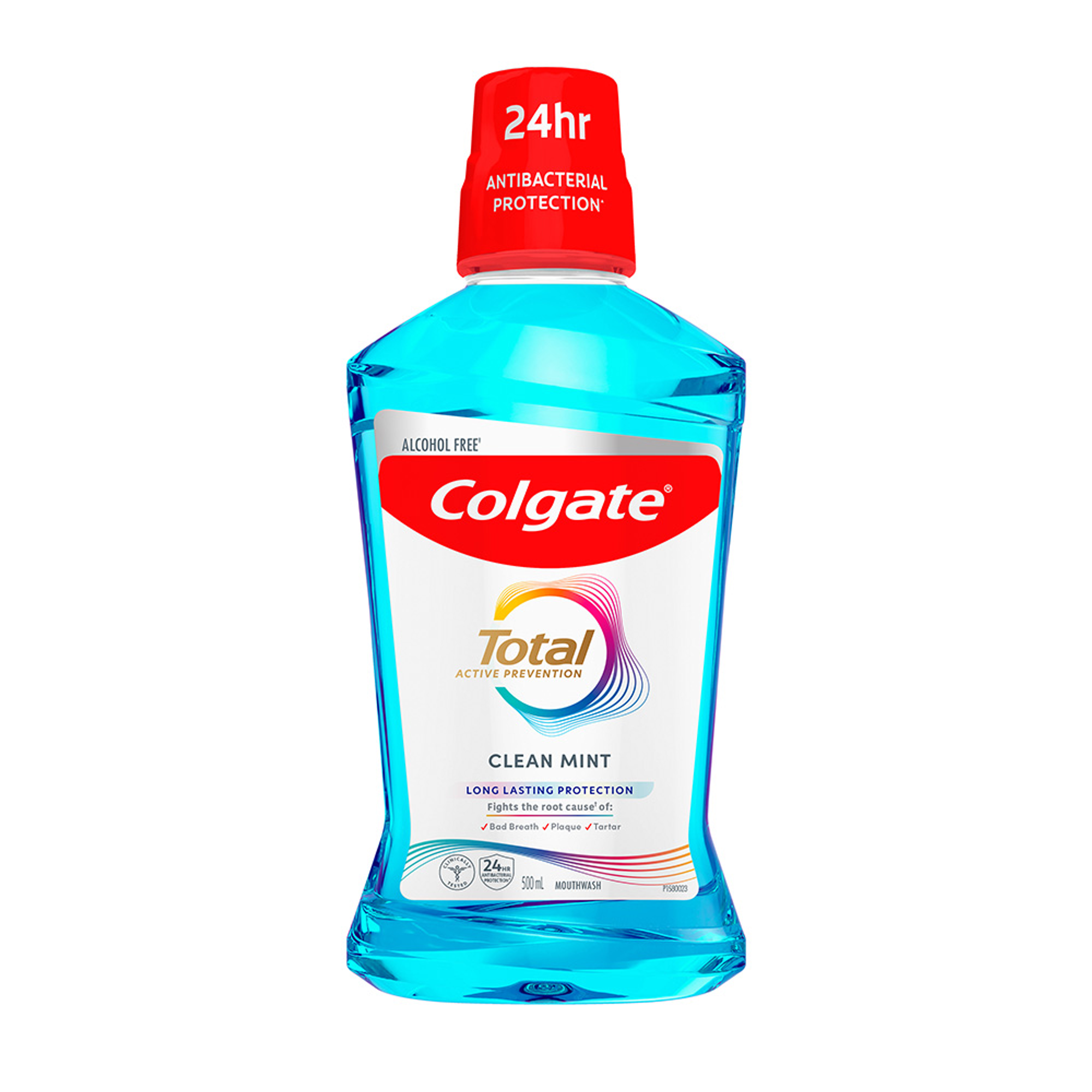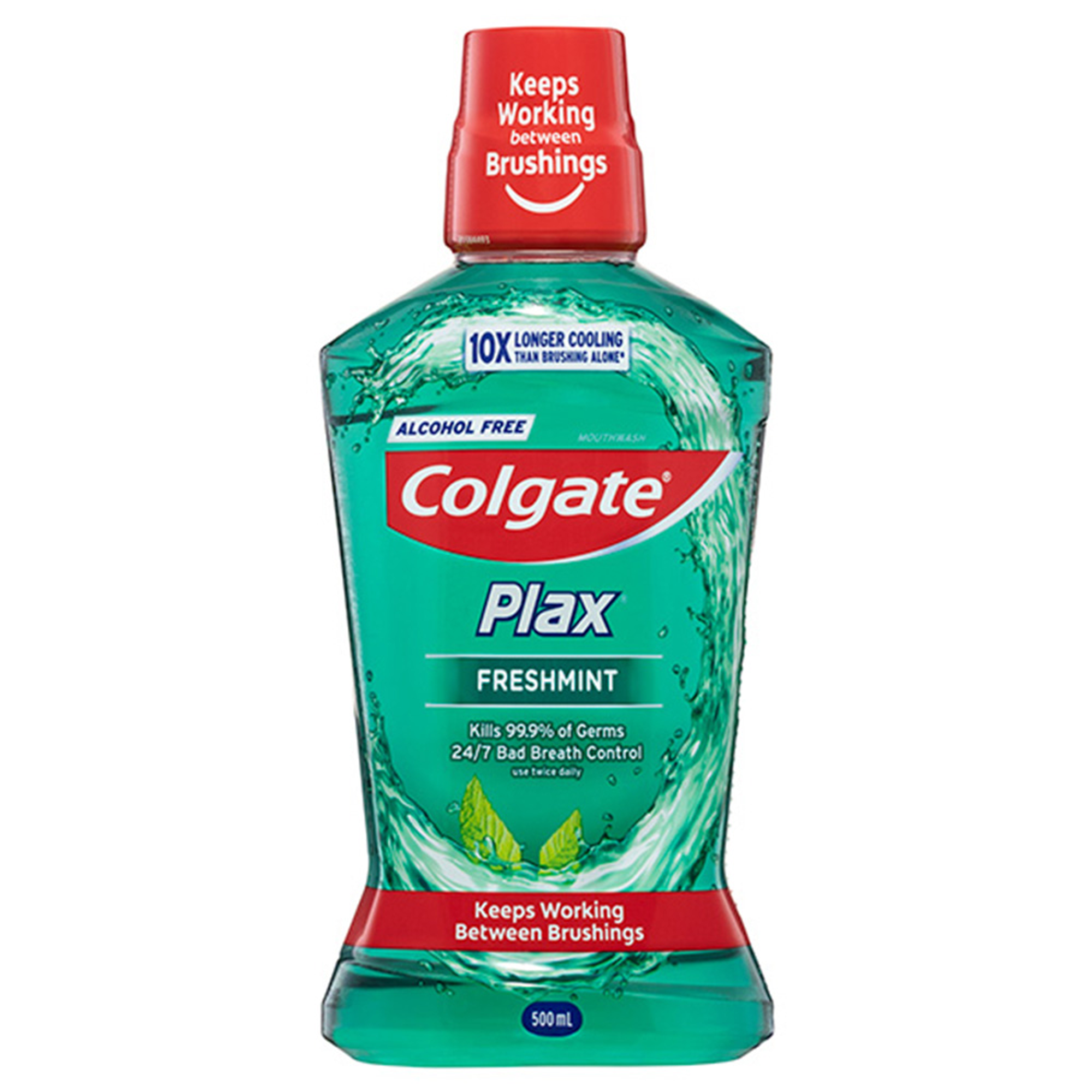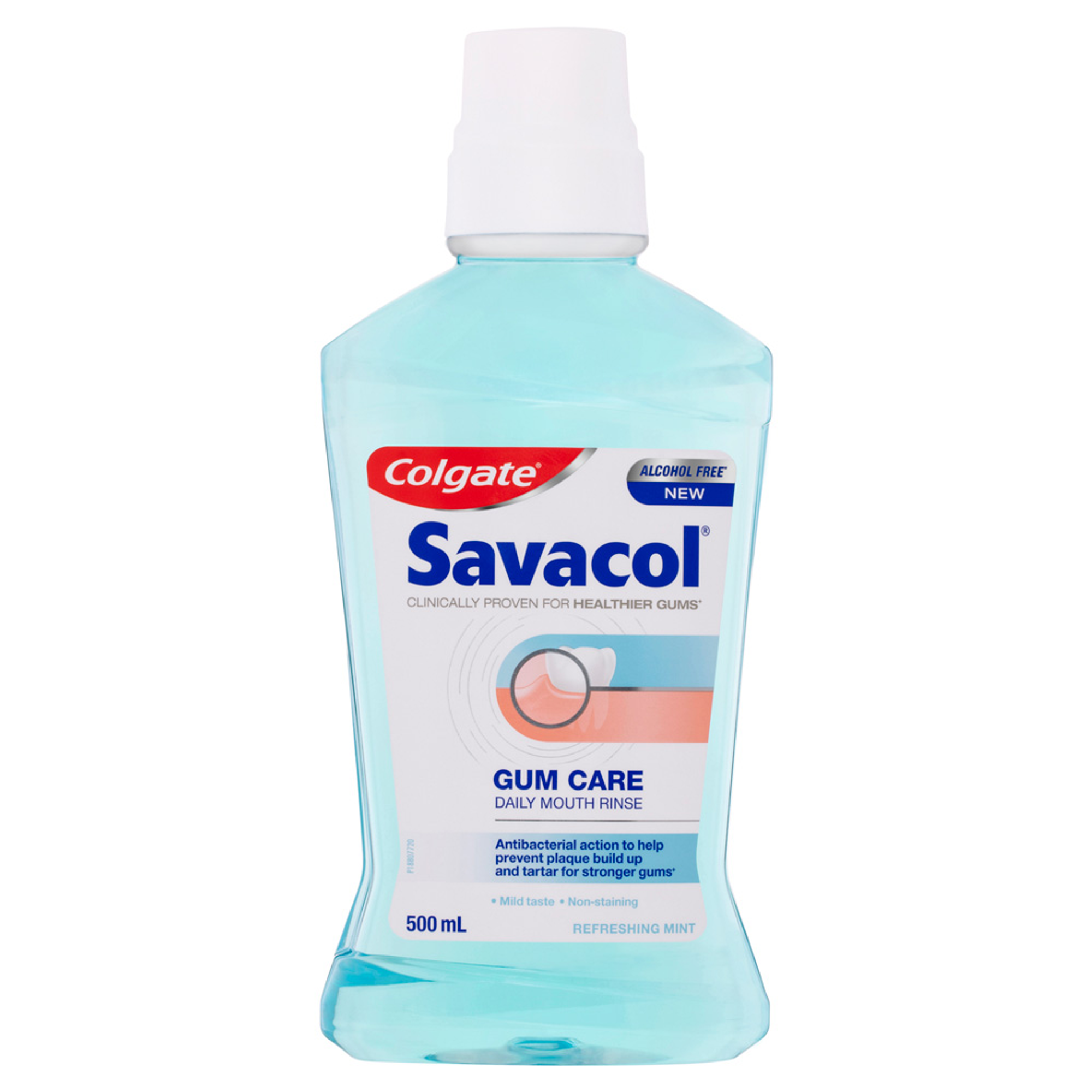
Going through dental school we are taught the basics of resin to dentine bonding. No matter how much we read or hear, there is nothing quite like the feeling of curing your first resin composite in a patient, having them walk out the door… and it’s supposed to just stick to that tooth now? So how are you going to get your ‘adhesive’ materials to stick so that you feel comfortable having that patient walk out the door?
Of course, there are lots of factors for one to consider that can make these questions really complicated. What are the patient factors that are going to disrupt my approach? Is resin composite the appropriate material for this patient or cavity preparation? What bonding system will I use, and should I use this one at all? All of these questions have great merit, however the purpose of this article is to demonstrate specifically ways in which we can best maximise 4th generation bonding to the ideal local cavity preparation.
Tip #1 Isolation
In the same way that bandages slip off when skin gets wet, so too will our adhesive fillings slip out of teeth once the pressures of chewing and swallowing are applied. To get a good bond with enamel, enamel needs to be dry (Usha et al., 2017).
The rubber dam has proven to be one of the most effective ways to remove the warm humidity of the oral cavity. For many of us dental students getting good rubber dam isolation can be harder than cutting the cavity! Particularly if there are patient difficulties or local site factors that all the clamps in the kit won’t grip. Time and time again however rubber dam isolation is shown to improve shear strength of resin composite in all bonding systems (Falacho et al., 2023; Miao et al., 2021). We all know that as dry as we can try to make our enamel, the patient’s breath is sure to provide plenty of microscopic moisture that is going to compromise our bond. You can even see this every time your mirror fogs as the patient breathes.
For all my fellow dental students placing their first ever fillings I would also recommend not forgetting to place the matrix system in FIRST to ensure further isolation of your cavity preparation. There is nothing quite like accidently getting bond on the adjacent tooth and then trying all kinds of weird and wacky methods to try and clean it off.
Tip #2 Proper selective etching
Research has shown no real difference with etching time (with phosphoric acid) on enamel between 15 to 60 seconds, however 30 seconds is long enough to ensure that the enamel has been etched properly (Barkmeier et al., 2009). At the same time we really want to avoid over-etching the dentine. A rough guide is that one only needs to condition the dentine for half the amount of time that the enamel is etched for. One study says that only seven seconds is needed to properly, and effectively remove the smear layer (Osorio et al., 2010). Recommendations are that we do not blast triplex air to create a dry cavity preparation so as to not desiccate the dentine collagen, but rather dampen with cotton or use suction to keep the dentine moisturised for the bond (Ritter et al., 2019). You will find in the instructions of most bonding agents that dentine is never recommended to be completely dry.
Tip #3 Scrub the Primer for long enough
There’s nothing very new in this tip, but rather emphasis on how essential it is to keep count. A lot of experienced dentists claim a major reason for post-operative sensitivity is failure to use the bonding products adequately. The primer needs to be scrubbed in for long enough for the hybrid layer to form (Sabbagh et al., 2018). Although instructions vary, 20 seconds, and slow counting of these 20 seconds ensure there has been enough time for the primer to effectively penetrate the dentinal tubules.
It's really easy to rush this process especially as we are worrying about how long the patient has their mouth open for. Ideally looking at a clock on the wall and watching the second hand tick or having a timer of some sort will ensure you count out properly rather than rushing it in your head.
Tip #4 Placing the adhesive properly
If you haven’t used your triplex air, now is the time to blow the air onto your dental mirror FIRST and notice all the water droplets you would have gotten in your bond had you immediately blown it. Wipe the dental mirror and make sure the droplets are all gone before trying to thin the primer and subsequent adhesive.
Now that you’ve placed your primer you may place your adhesive in the same methodical nature. A second coat can also be beneficial as long as it has been scrubbed for that 15-20 seconds.
Tip #5 Strategic placement of the first increment for direct resin composite
You might have gotten everything right until this point however all the good that has been done can be all for nothing without the first and most important increment in resin composite placement.
It is really hard as a new dentist to really get an understanding of how powerful the polymerisation contraction really is. The aim of the first placement is to make sure the C-factor is minimised in that most susceptible area to voids and microleakage such as the gingival margin in Class IIs. Improper control of polymerisation contraction is also a major reason for post-operative sensitivity in direct resin composites.
Conclusion
This is where this article will finish as the type of material one chooses to place as a first increment and how the increments are placed are another topic. What is important is that the depth of cure is appropriate for the material you have chosen. Once finally cured don’t forget to check for any kinds of flash and be sure to remove this. Following these tips will help you place a composite restoration that sticks!
Barkmeier, W. W., Erickson, R. L., Kimmes, N. S., Latta, M. A., & Wilwerding, T. M. (2009). Effect of Enamel Etching Time on Roughness and Bond Strength. Operative Dentistry, 34(2), 217-222. https://doi.org/https://doi.org/10.2341/08-72
Falacho, R. I., Melo, E. A., Marques, J. A., Ramos, J. C., Guerra, F., & Blatz, M. B. (2023). Clinical in-situ evaluation of the effect of rubber dam isolation on bond strength to enamel. Journal of Esthetic and Restorative Dentistry, 35(1). https://doi.org/https://doi.org/10.1111/jerd.12979
Miao, C., Yang, X., Wong, M., Zou, J., Zhou, X., Li, C., & Wang, Y. (2021). Does using a thin sheet of rubber (rubber dam) to isolate teeth from the rest of the mouth during a dental procedure improve the success of tooth repairs? Cochrane Database of Systematic Reviews(5). https://doi.org/10.1002/14651858.CD009858.pub3.
Osorio, R., Aguilera, F. S., Otero, P. R., Romero, M., Osorio, E., García-Godoy, F., & Toledano, M. (2010). Primary dentin etching time, bond strength and ultra-structure characterization of dentin surfaces. Journal of Dentistry, 38(3), 222-231. https://doi.org/https://doi.org/10.1016/j.jdent.2009.11.001
Ritter, A. V., Boushell, L. W., & Walter, R. (2019). Sturdevant's Art and Science of Operative Dentistry. Mosby. https://doi.org/https://doi.org/10.1016/C2015-0-05603-9
Sabbagh, J., Fahd, J. C., & McConnell, R. J. (2018). Post-operative sensitivity and posterior composite resin restorations: a review. Dental Update, 45(3).
Usha, C., Ramarao, S., Meera, B., Praveen, J., & Swatha, R. (2017). Evaluation of the Shear Bond Strength of Composite Resin to Wet and Dry Enamel Using Dentin Bonding Agents Containing Various Solvents. Journal of Clinical and Diagnostic Research,11(1). https://doi.org/10.7860/JCDR/2017/21097.9181
Haydyn Bathurst is a final-year student in the Bachelor of Dental Science at Charles Sturt University, Orange campus who hails from the Shoalhaven on the South Coast of NSW. As the Class Representative he is passionate about helping others and continuing to learn more in the ever-expanding pool that is dental science. Haydyn is a member of the Colgate Advocates for Oral Health Community and hopes to use this platform to connect and engage with colleagues and peers across the broad field of dentistry.
Join us
Get resources, products and helpful information to give your patients a healthier future.
Join us
Get resources, products and helpful information to give your patients a healthier future.











